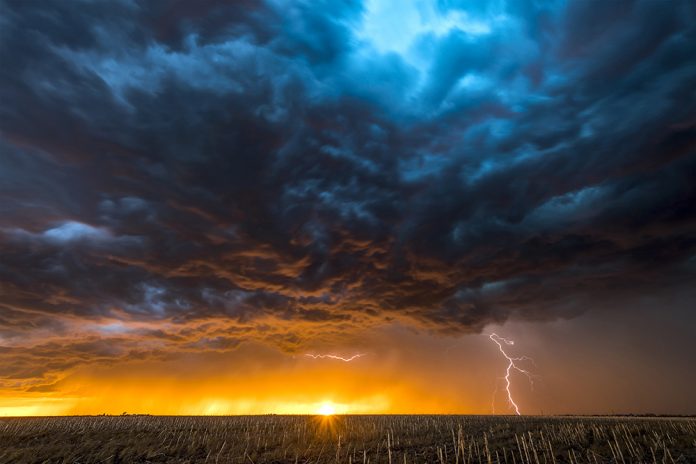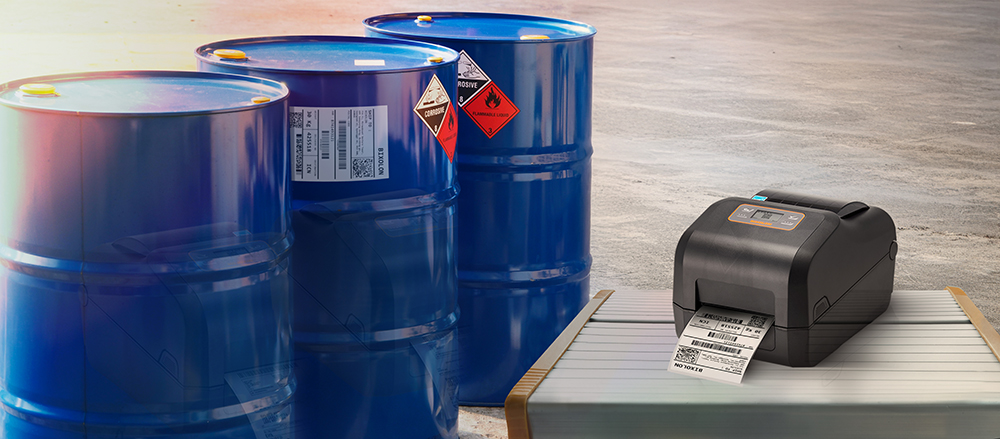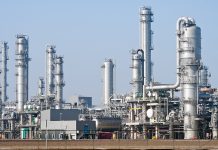With extreme weather events growing in frequency globally, Chris LeBoeuf, Senior Director of Engineering at ABS Group, details how the chemical industry – including UK-based businesses – can do more to protect their assets and mitigate some of the risks posed by natural hazards.
From raging wildfires in Australia in 2020 to the devastating flash flooding across much of Europe this summer, recent years have been scattered with natural hazard events that have destroyed property and infrastructure, devastated businesses and taken lives.
In the US, Hurricane Ida brought back painful memories to New Orleans, a city which is still rebuilding after Hurricane Katrina caused $125 billion of damage back in 2005.
Unfortunately, natural disasters such as hurricanes, cyclones, storms, floods and wildfires are occurring more often and with greater severity. This can be viewed in terms of economic cost increasing over time.
The Asia Pacific region tells a similar story. Here, average annual disaster event-induced economic losses between 2000 and 2009 stood at $56.7 billion – and for 2010-2019, that figure more than doubled to $117.9 billion. The Tohoku Earthquake which struck Japan in 2011 is largely responsible for this, but even when removing 2011 from the period, the nine remaining years average out at $89.1 billion in annual natural disaster damage.
In the US, meanwhile, the ten-year average annual cost of natural disaster events exceeding $1 billion increased more than fourfold between the 1980s ($18.4 billion) and the 2010s ($84.5 billion) Source: NOAA National Centers for Environmental Information (NCEI) U.S. Billion-Dollar Weather and Climate Disasters, 2021.
Such has been the impact of growing and more severe weather events, the magnitude of the 100-year and 500-year flood has undergone revision in Houston, a significant development that experts are keeping a close eye on.
Counting the cost
These concerning figures translate into a multitude of damages encountered by organisations that operate across a variety of industries, which notably include chemicals, petrochemical, energy, technology and other industrial sectors with large and highly valuable infrastructure bases.
Unplanned outages and economic losses from production downtime are major consequences of the disruption caused by extreme weather events.
Beyond this, there are many secondary and tertiary social and environmental impacts that stem from the primary damage done to these businesses.
But why are chemical and power plants particularly prone to natural disaster events? Geography plays a critical role here. For instance, many petrochemical facilities are strategically located close to coastal and inland waterways to enable easy transportation of goods in and out of their sites.
However, this makes them especially susceptible to hurricane and flood risks. In the US, many plants and industrial sites are located near the Gulf Coast, Atlantic Coast and Mississippi River. Earthquakes are another risk factor, primarily in the western states and other regions near fault lines. Key risk areas in Europe include sites along rivers and coasts, including those in regions which are at or only slightly above sea level.
COP26 has created a greater sense of urgency about climate targets, but enterprises should not wait for more comprehensive legislation and regulation to prompt them into action.
In many regions around the world, there are little or no regulatory drivers aimed at industrial facilities that require them to withstand extreme weather events. The onus currently is on organizations to determine any natural hazard risk management strategy, and given the growing frequency of these incidents, the time to act is now.
How to approach natural hazard risk management
The extent and nature of such action is largely dependent on each individual business’s appetite for risk – in other words, the extent to which your business is prepared to deal with disruptions caused by extreme weather.
Direct concerns may include the reliability and resilience of your organization’s equipment, facilities to provide worker safety and reduced unplanned outages.
However, it is also important to bear in mind that physical damage to buildings and equipment represents only the initial source of financial loss.
Resultant business disruption and market displacement can also hit revenue figures hard, depending on the severity of the natural hazard in question. Concerns here can center around storing materials and disruption to feedstock supply, transportation availability and access, and cost and availability of energy.
To help quantify some of these risks, organizations should consider a range of factors.
What amount of revenue will be lost if I have to shut down my facility for an extended period of time? Can additional understanding of the risks help my company to manage our operations? Will improvements to preparedness and response reduce direct damage and limit revenue loss following an extreme weather event?
Getting to grips with these questions is a good place to start, the answers to which may prompt a series of potential mitigation measures.
Facility hardening, enhanced preparedness and response planning, and organizational measures to limit the impact of any single extreme event are among the risk mitigating steps companies can take, along with acquiring insurance policies.
Another option is to leverage the engineering and risk management expertise of third parties.
Independent risk assessments and audits can serve as vital tools in quantifying actual risks, with engineering-based studies revolved around rigorous site-specific technical assessments enabling facilities to measure their exposure to numerous natural hazards. This can carry advantages over advice and subsequent cover offered by insurance firms, which may not offer this level of rigorous evaluation and technical understanding.
Regardless of what approach is taken, we advise companies to build risk into their cost of business and plan for a certain degree of extreme weather disruption every year.
Knowledge sharing is crucial if organisations with assets prone to natural hazard risk are to futureproof themselves effectively, and we will continue to publish fresh insights and share our learnings gained from being on the ground with clients.
In the UK, for example, we have produced a conference paper to share with participants of Hazards31, a virtual event taking place in mid-November that focuses on issues around process safety.
Here, flooding is the most frequent and damaging natural hazard, the risk of which is growing due to climate change and increasing regularity of extreme weather events. To help organisations understand and prepare for these risks, our conference paper looks at vital lessons learned through the years, and how to navigate the UK’s Control of Major Accident Hazards (COMAH) regulations.
ABS Group offers a free toolkit at abs-group.com/Knowledge-Center/Knowledge-Toolkits/Natural-Hazards-Risk-Management-Toolkit. Compiled by ABS Group’s Process Safety and Extreme Loads and Structural Risk teams, it offers insights and resources to assist industrial facilities in reducing their exposure to natural and man-made hazards.










